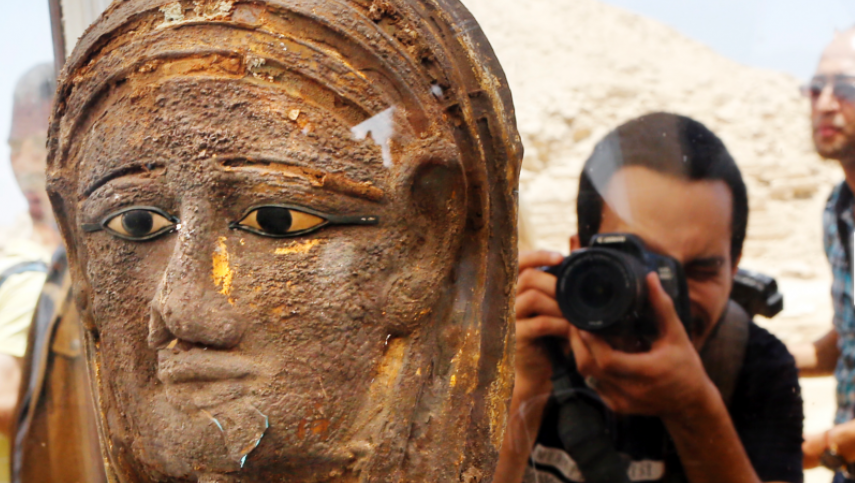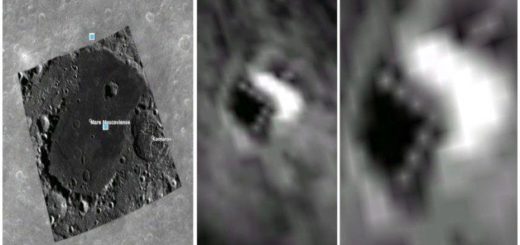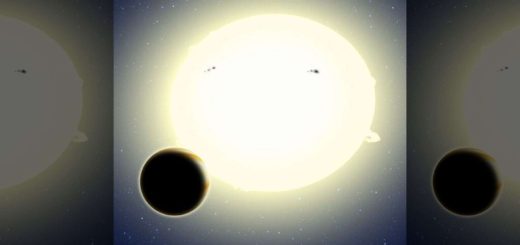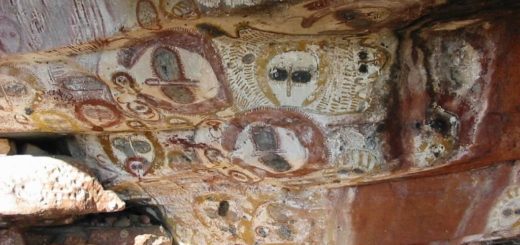Archaeologists in Egypt discover ancient mummification workshop

Archaeologists in Egypt made a surprising discovery dating back more 2,500 years near the country’s famed pyramids south of Cairo.
Their findings, which include a mummification workshop and a shaft, used as a communal burial place, are located at the vast Saqqara necropolis part of the Memphis, a UNESCO World Heritage Site.
Memphis was the first capital of ancient Egypt and its large necropolis houses a wide range of temples and tombs as well as the three pyramids of Giza.
The latest find, announced at a press conference Saturday, belongs to the Saite-Persian Period, from 664-404 B.C. The site, which lies south of Unas pyramid, was last excavated more than 100 years ago, in 1900.
Among the artifacts found were a gilded silver mummy mask, fragments of mummy cartonnages, canopic cylindrical jars and marl clay and faience cups. Many will be displayed in the under-construction Grand Egyptian Museum, the first phase of which is expected to be inaugurated later this year.
Down the 30-meter-deep shaft lie several mummies, wooden coffins and sarcophagi. The shaft is comprised of burial chambers carved into the bedrock lining the sides of two hallways.
In mummification workshop, an embalmer’s cachette was found that archaeologists believe will reveal more about the oils used in the mummification process in the 26th Dynasty.
“We are in front of a goldmine of information about the chemical composition of these oils,” Archaeologist Ramadan Hussein said at the press conference, reports the Associated Press.
“It’s only the beginning,” added Antiquities Minister Khaled al-Anani.
Egypt has gone at great length to revive its vital tourism industry, still reeling from the political turmoil that followed a 2011 popular uprising. It hopes such discoveries, along with the inauguration of the museum at the Giza plateau, will help encourage more tourists to visit.



 Creators of mankind
Creators of mankind Description of “Tall white aliens”
Description of “Tall white aliens” Where they came from?
Where they came from? About hostile civilizations
About hostile civilizations The war for the Earth
The war for the Earth “Tall white aliens” about eternal life
“Tall white aliens” about eternal life Video: “Nordic aliens”
Video: “Nordic aliens” Aliens
Aliens Alien encounters
Alien encounters The aliens base
The aliens base UFO
UFO Technology UFO
Technology UFO Underground civilization
Underground civilization Ancient alien artifacts
Ancient alien artifacts Military and UFO
Military and UFO Mysteries and hypotheses
Mysteries and hypotheses Scientific facts
Scientific facts


















